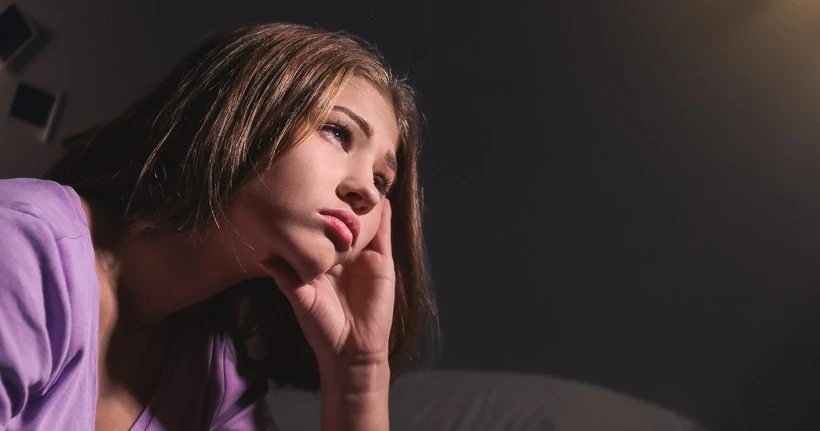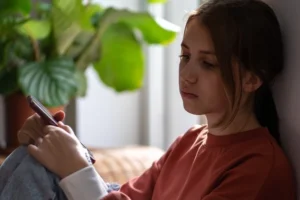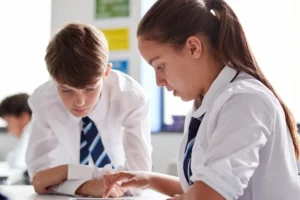Girls and boys face different pressures to create and distribute nudes.
Girls are more likely to feel pressure from boys to take and share intimate images of themselves. They gravitated to prevention messages about healthy and unhealthy relationships, and the impact of ‘negative attention’ online.
Boys, on the other hand, spoke to us about the ‘top down’ pressure from boys in older year groups to share sexual images of girls. They told us boys share or show each other girls’ images this to ‘prove’ themselves among male peer groups.
Boys responded more positively to prevention messages about resisting male peer pressure to receive and share girls’ nudes. Additionally, they responded well to messages around the legal and moral consequences of sharing sexual images.







